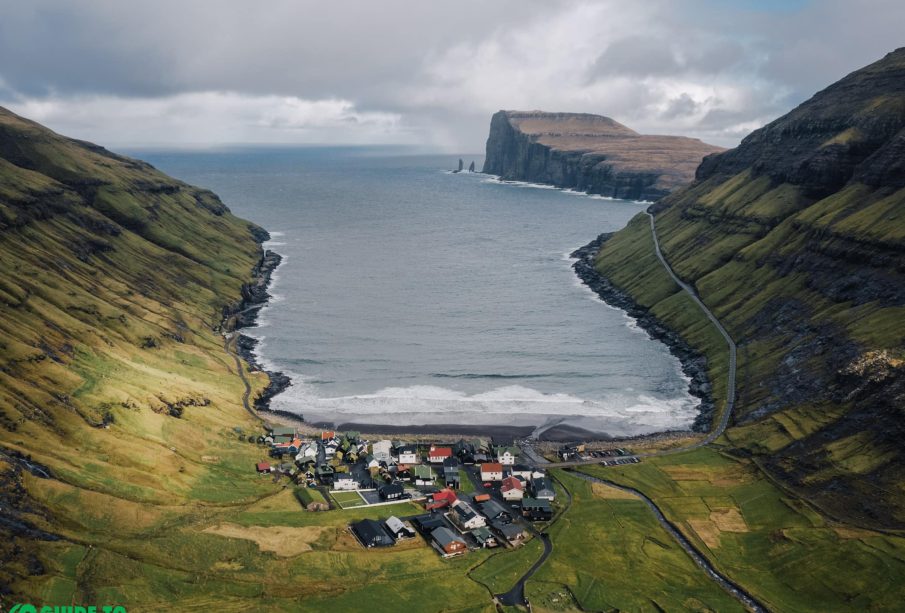An In-Depth Look at the Faroe Islands

Introduction
The Faroe Islands, a group of 18 volcanic islands located in the North Atlantic between Scotland and Iceland, are emerging as a popular destination for adventurous travellers. Renowned for their dramatic landscapes, rich culture, and unique wildlife, these islands offer an enchanting escape from the hustle and bustle of everyday life. In recent years, the Faroe Islands have gained recognition not only for their breathtaking scenery but also for their efforts in sustainable tourism and environmental conservation.
The Allure of the Landscape
The rugged beauty of the Faroe Islands is unmatched, with steep cliffs, rolling hills, and picturesque villages dotting the landscape. The islands are renowned for their photogenic vistas, including the iconic Mulafossur Waterfall, which cascades into the Atlantic Ocean, and the breathtaking cliffs at Trællaragtangi. Sightseeing opportunities abound, with hiking trails that cater to all levels of experience and provide stunning views of the surrounding oceans and fjords. The unique geography offers plenty of chances to observe the rich avian wildlife, including puffins and seabirds, that nest along the cliffs.
Cultural Heritage
The culture of the Faroe Islands is a blend of Nordic traditions and modern influences. The capital, Tórshavn, is the largest settlement and serves as the cultural hub of the islands, featuring museums, art galleries, and charming cafés. Visitors to Tórshavn can enjoy a range of local dishes, with seafood being a staple. Traditional Faroese cuisine relies heavily on local ingredients, with fermented lamb and fish dishes being particularly notable. Festivals celebrating music, dance, and the arts highlight the vibrant way of life across the islands.
Travel and Accessibility
As travel restrictions ease worldwide, the Faroe Islands have positioned themselves as an attractive option for tourists looking to explore off-the-beaten-path destinations. Accessibility has improved significantly with direct flights available from various European cities. The local government has also promoted sustainable tourism practices, encouraging visitors to respect nature and local customs while enjoying the serene landscapes. This approach aims to preserve the islands’ natural beauty and culture for generations to come.
Conclusion
The Faroe Islands represent a unique blend of stunning natural beauty and rich culture, making them an ideal destination for eco-conscious travellers. As the islanders continue to embrace sustainable practices and promote their home on the global stage, the future looks bright for this hidden gem. For those seeking adventure, captivating landscapes, and a touch of Nordic charm, the Faroe Islands are certainly worth a visit.








